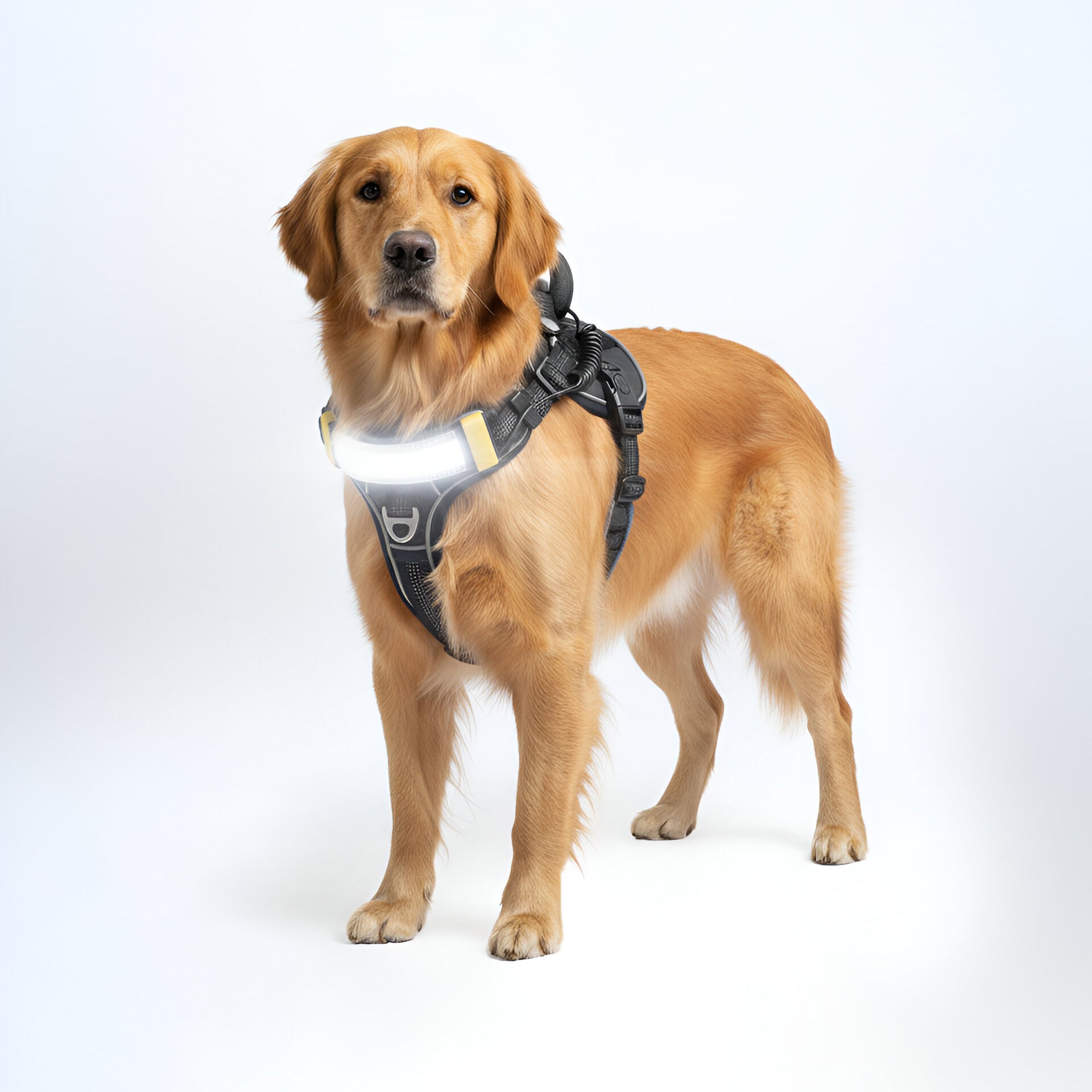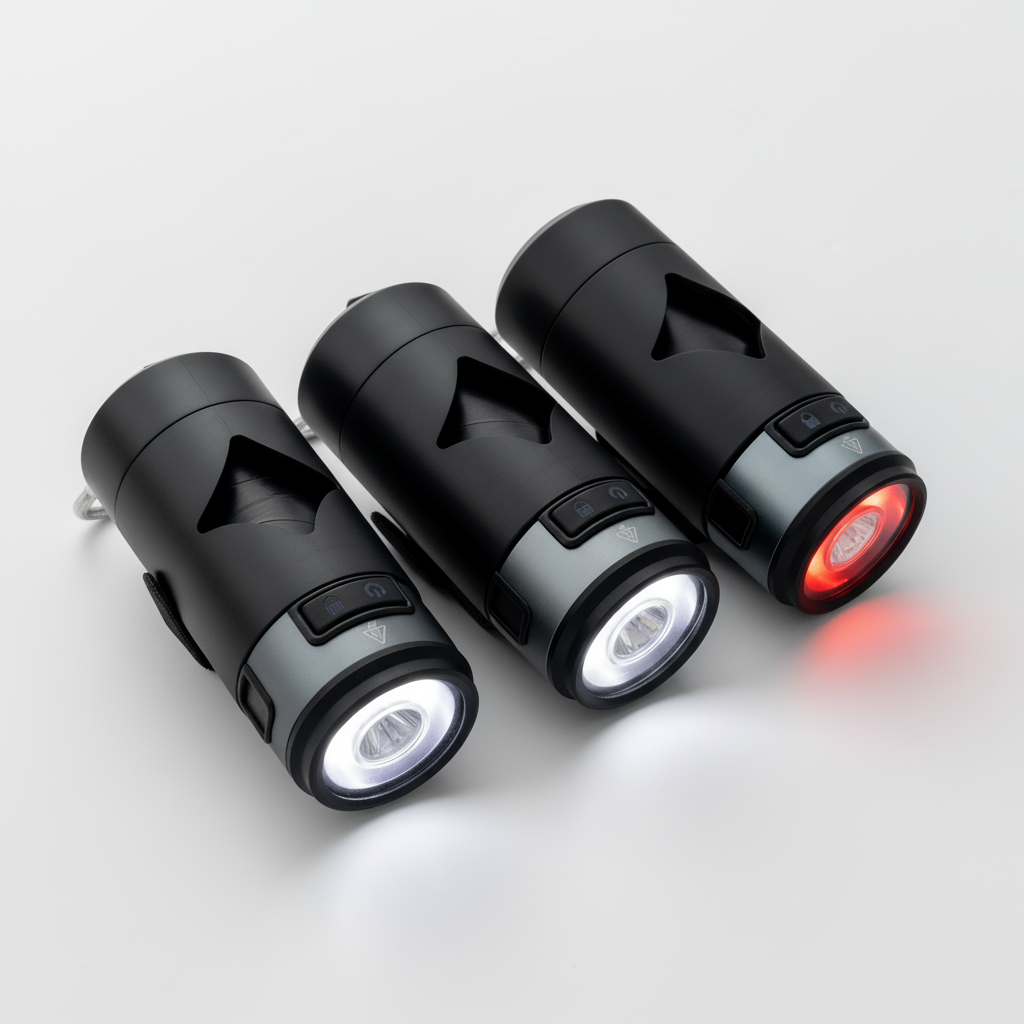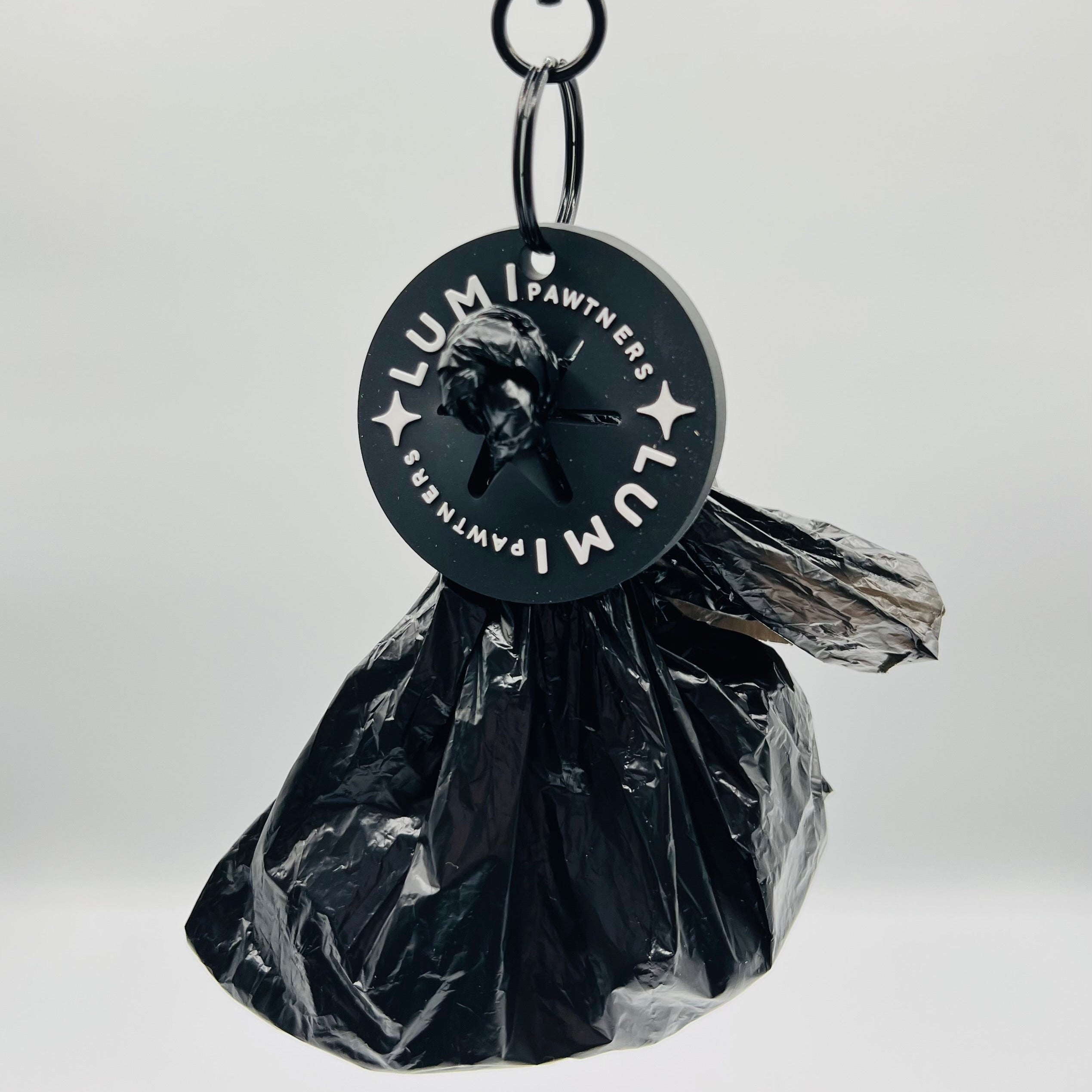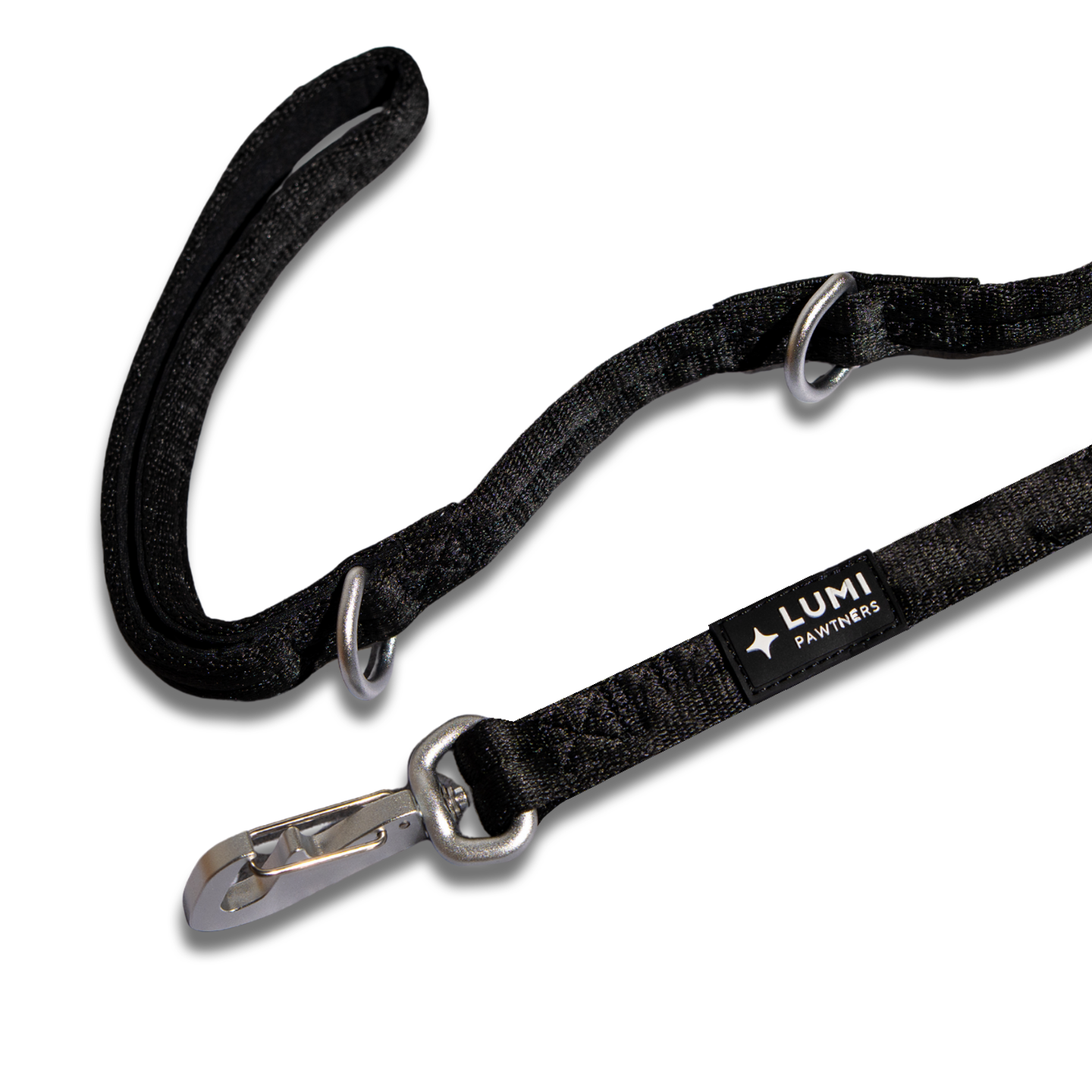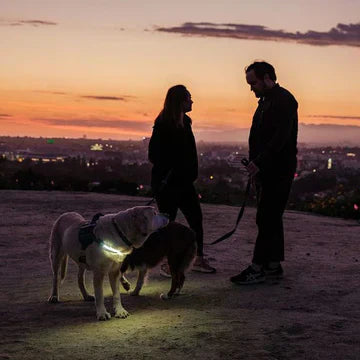Ever notice how your dog gets a sudden burst of energy right as the sun's going down? You're settling in for the evening, thinking about what's for dinner, and suddenly your pup is bouncing around like they've had three espressos. There's actually a fascinating reason for this, and it might just change how you think about your nighttime walking routine.
Here's the thing: despite what many people assume, dogs aren't really daytime or nighttime creatures. They're what scientists call crepuscular—meaning they're naturally most active during dawn and dusk. It's an evolutionary holdover from their wolf ancestors, who found twilight to be the sweet spot for hunting. Not too hot, not too dark, and prey was most active.
So when your dog suddenly decides 7 PM is the perfect time for shenanigans? That's not random. That's biology.
Why Nighttime Walks Are More Than Just a Bathroom Break
Let's be honest, when it's been a long day and you're already in your comfy clothes, the thought of taking your dog out after dark can feel like a chore. But here's what might change your mind: nighttime walks can actually be one of the best parts of your dog's day.
Think about it from their perspective. During the day, everything is overstimulating...kids playing, cars rushing by, other dogs barking, the hot pavement burning their paws. But at night? The world gets quieter. Calmer. The air cools down. Different smells emerge. For a lot of dogs, especially anxious ones or those who get overwhelmed easily, evening walks can be genuinely relaxing in a way daytime walks never are.
Plus, there's the bonding factor. When visibility drops, your dog relies on you more for guidance and security. They stick closer. They check in more frequently. It naturally strengthens that connection between you two. And after a walk, when they've burned off that crepuscular energy surge, they're usually ready to settle in for the night, which means better sleep for everyone.
When Should You Actually Walk Your Dog at Night?
The "best" time depends on your dog and your schedule, but there are some general sweet spots that work for most people.
The 30-Minutes-Before-Bed Rule: If your main goal is helping your dog wind down for sleep, aim to walk them about half an hour before you want them settled. This gives them time to do their business, burn energy, and then decompress. Walking too late—like, right before you climb into bed—can actually backfire. Some dogs get amped up from walks and need time to transition to sleep mode.
The Twilight Window (7-9 PM): For most people, somewhere between 7 and 9 PM hits that ideal balance. The temperatures have dropped from the day's peak (hello, summer), but there's often still some ambient light. Your dog's natural crepuscular instincts mean they're alert and engaged during these hours, making training and bonding easier. Plus, it fits into most people's after-dinner routine.
Consider Your Dog's Age and Energy: Got a puppy? They might need a shorter, earlier walk before they crash hard. Senior dogs often do better with gentler evening strolls when their joints aren't as stiff. High-energy breeds like Huskies or Australian Shepherds might need that later, longer walk to truly tire them out.
The key is consistency. Dogs are creatures of habit, and establishing a predictable evening routine helps them feel secure. When walk time is always around the same time, they learn to anticipate it and it signals to their brain that bedtime follows.
The Safety Talk (Because It Actually Matters)
Okay, let's address the elephant in the room: walking at night does come with risks. But before you decide to never leave the house after sundown, know that most of these risks are totally manageable with some basic prep.
You've Got to Be Seen
This is non-negotiable. According to the National Highway Traffic Safety Administration, a staggering 76% of pedestrian fatalities occur when it's dark. And while you might think, "But I'm on the sidewalk, not crossing streets," remember that drivers backing out of driveways, turning corners, or just distracted (let's be real, phones are everywhere) might not see you until it's too late.
The fix? Make yourself and your dog impossible to miss:
A lighted harness so you shine in the dark. The Lumi One is crafted with sustainable materials and powered by a 1000-lumen LED, Lumi makes every walk safer, brighter, and more comfortable than any harness on the market.
Reflective everything. Get a reflective leash, collar, or harness for your dog. Those little strips of reflective material can make your pup visible from hundreds of feet away when headlights hit them. For yourself, throw on a reflective vest or clip-on lights. Yes, you might feel a bit dorky, but you know what's even less cool? Getting hit by a car.
LED accessories are your friend. Light-up collars and harnesses for dogs are game-changers. They don't just reflect light, they emit it. Same goes for clip-on lights for you. Flashing modes are especially effective at catching drivers' attention.
Carry a flashlight or headlamp. Beyond making you visible, it helps you spot hazards...that pothole, the uneven sidewalk, the mystery pile your dog is sniffing. Plus, shining it toward oncoming traffic (without blinding drivers) signals your presence.
Think of it this way: if you can see a driver's headlights, that doesn't mean they can see you. Make it obvious.
Watch Out for the Nighttime Neighborhood Residents
Depending on where you live, dusk and nighttime bring out the nocturnal crowd...raccoons, possums, skunks, and in some areas, coyotes. Most of these critters want nothing to do with you and will scurry away. But if your dog spots them first and decides to play hero (or worse, gets sprayed by a skunk), you're in for a rough night.
The solution? Keep your dog leashed at all times. I know it's tempting to let them off-leash in that quiet park or your seemingly empty street, but visibility works both ways, you can't see potential wildlife either until it's close. A leash gives you control to redirect your dog away from trouble before it escalates.
Stick to What You Know
This isn't the time to explore that new trail or shortcut through the dark alley. Stick to well-lit, familiar routes where you know the terrain and can navigate confidently. Poorly lit areas increase the risk of tripping, getting lost, or encountering unexpected obstacles (or people). Your dog will still get plenty of mental stimulation from familiar routes...the smells change every day, trust me.
If your neighborhood has busy streets, walk facing traffic so you can see cars coming. Stay alert, put the phone away (seriously), and keep your dog close. These are the boring, common-sense tips that actually prevent most problems.
The Buddy System Still Works
If you're nervous about walking alone at night, bring a friend, a family member, or join a local dog-walking group. There's safety in numbers, and honestly, it makes the walk more fun. If that's not an option, at least let someone know your route and when you expect to be back. Carry your phone fully charged.
Making the Most of Your Nighttime Walks
Once you've got the safety basics down, nighttime walks can become something you and your dog genuinely look forward to.
Use it as training time. The quieter environment with fewer distractions is perfect for reinforcing commands. Practice loose-leash walking, recalls (in a safely enclosed area), or just general obedience. Your dog's crepuscular alertness means they're often more focused during these times.
Let them decompress. Not every walk needs to be a training session. Sometimes the best thing you can do is just let your dog sniff at their own pace. That mental stimulation from processing all those nighttime scents is exhausting in the best way and it'll help them sleep like a rock.
Enjoy the quiet. Nighttime walks force you to slow down, disconnect from screens, and just be present. There's something genuinely peaceful about walking under the stars (or streetlights) with your best friend. It's basically free therapy.
A Few Final Thoughts
Walking your dog at night doesn't have to be stressful or dangerous. With a little preparation—reflective gear, familiar routes, and awareness of your surroundings, it can become one of the highlights of both your days.
And honestly? Once you understand your dog's natural rhythms and start working with them instead of against them, evening walks just make sense. That twilight energy burst isn't something to fight...it's something to channel into quality time together.
So grab that leash, slap on some reflective gear, and head out. Your dog's been waiting all day for this.
Quick FAQ
Is it actually dangerous to walk my dog at night?
It can be, but it doesn't have to be. The biggest risks—low visibility and potential wildlife encounters—are manageable with reflective gear, lights, and staying on familiar, well-lit routes. Thousands of people walk their dogs safely at night every day. The key is being prepared and aware, not paranoid.
What if my dog is scared of the dark?
Some dogs do take time to adjust to nighttime walks, especially if they're not used to them. Start with short walks in well-lit areas close to home. Bring high-value treats and make it a positive experience. Over time, most dogs adapt and realize evening walks are just regular walks with different lighting. If your dog seems genuinely terrified, consult your vet, there might be an underlying vision issue.
Can I walk my puppy at night?
Absolutely, but keep it short and sweet. Puppies tire easily, and their little bodies can't regulate temperature as well as adult dogs. Make sure they've completed their vaccination series first, you don't want to expose them to potential hazards when their immune system isn't fully developed. Focus on positive experiences rather than long distances.
Do I need special gear, or is a regular leash fine?
A regular leash works, but seriously consider upgrading to reflective or LED-equipped gear. The visibility difference is enormous, and it could literally save your or your dog's life. You don't need to spend a fortune, even a $10 reflective vest or clip-on light makes a huge difference. Think of it as cheap insurance.
What about walking after midnight when it's really quiet?
Super late-night walks (like 11 PM-4 AM) come with added considerations. Visibility is often worse, you're more likely to encounter wildlife, and there are fewer people around if you need help. If this is your only option due to work schedules, be extra vigilant with lighting, stick to the most populated/lit routes available, and consider the buddy system. Let someone know you're heading out.
My dog pulls more at night. Why?
Pulling often increases at night because dogs are more alert during their crepuscular hours. They're excited, engaged, and their senses are heightened. This is actually a great time to work on loose-leash training since they're mentally sharp. Use positive reinforcement...stop walking when they pull, reward when they're beside you. Consistency is key, and a front-clip harness can help give you better control while you're training.
